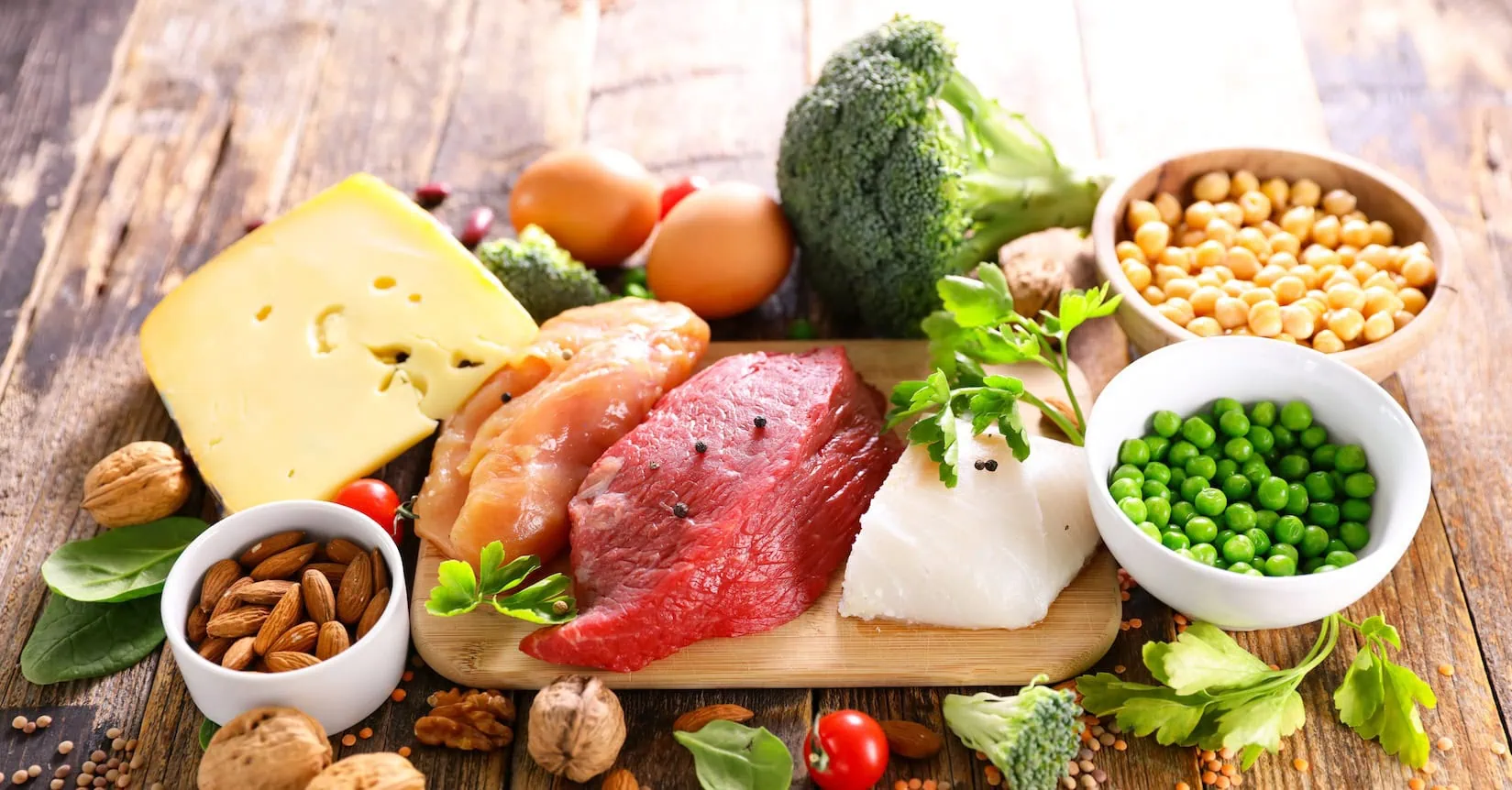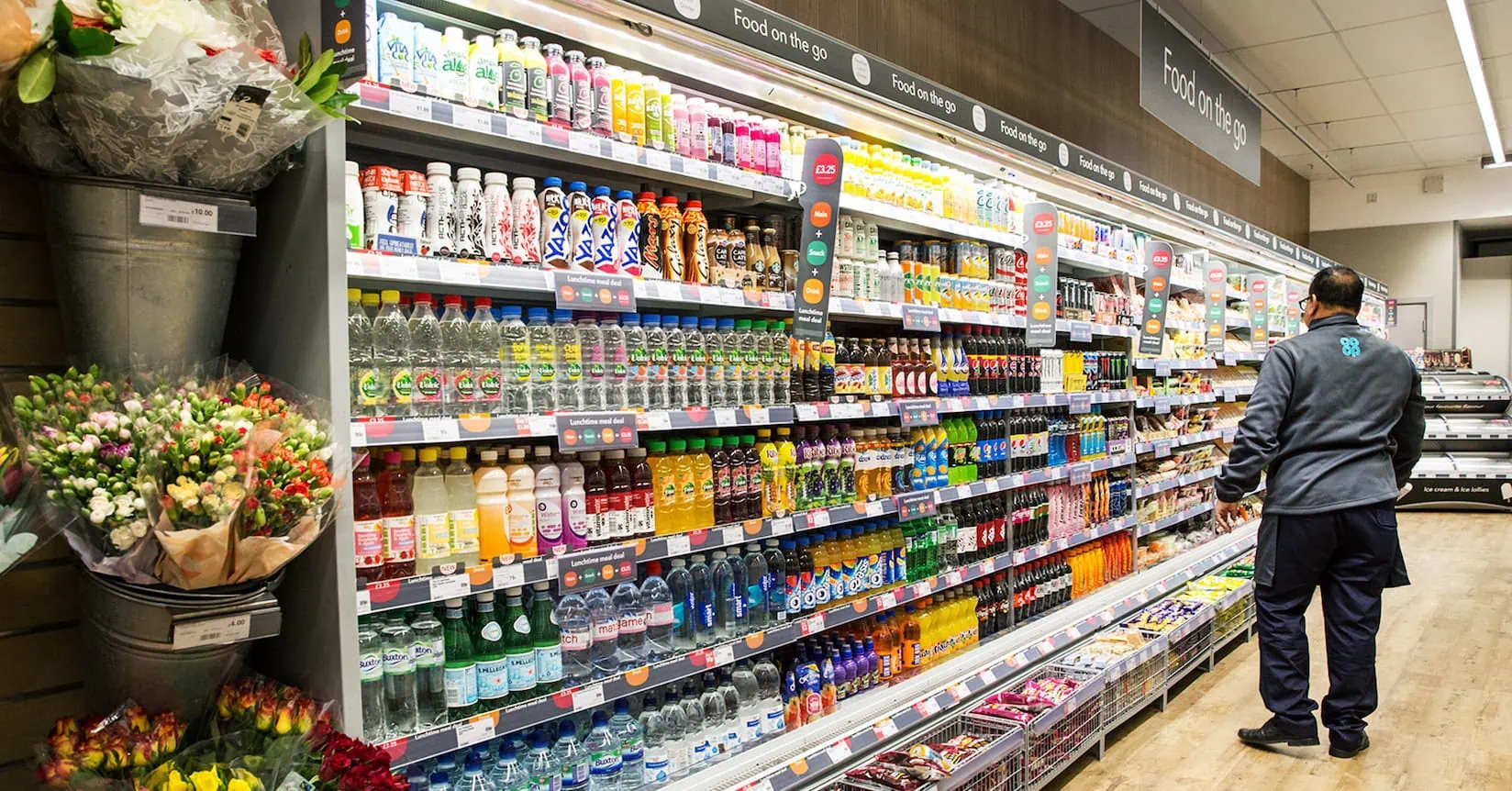Mounjaro, Ozempic, and Wegovy were all obscure names five years ago. Now, these medications are reshaping the ingredients FMCG giants source for their products. In short, the weight loss management sector and the food industry are becoming increasingly interlinked, with ingredients like protein, grains and fiber playing a starring role.
GLP-1 drugs that mimic a natural hormone to help control blood sugar were initially created for people with type 2 diabetes. However, the US Food and Drug Administration’s 2021 approval of Semaglutide (Wegovy) for weight management marked a significant turning point for the drug’s mainstream popularity.
With widespread adoption, key food and beverage players have been reviewing their product offerings and evaluating their position in a market where consumer desires reign supreme. According to Roots Analysis Business Research and Consulting, the GLP-1 market was worth around US$49.3 billion in 2024 and is expected to be worth US$157.5 billion by 2035. Meanwhile, a third of Americans say they are eating more protein, signaling how big a business this part of the industry is.
With this relatively new consumer trend, the market has turned to protein and other ingredients to cater to users focused on weight management. The reason? Protein enhances weight and metabolic benefits by preserving muscle mass. Its other proclaimed advantages are that it boosts satiety and supports blood sugar control. As a result, GLP-1 users are often advised to eat a diet rich in lean protein, fiber, fruits, vegetables, whole grains, and healthy fats.
“Protein-maxxing”
The industry has made significant moves to be on the front foot of this development. Last year, for example, Nestlé announced plans to expand its culinary portfolio with high-protein products in the US. Under its Vital Pursuit Brand, the food is made with “nutrient dense ingredients,” such as vegetables and whole grains and is a direct response to support GLP-1 users focused on weight management. The company also launched high-protein products in India, highlighting the direct impact of this change in customer behavior on the food industry and the ingredients it uses.
Nestlé’s Head of Product Technology Center for Food in Singen, Germany, said at the time that the company was “actively developing products that incorporate more protein, whether for specialized nutrition and health, affordable nutrition, or to bring new tastes and flavors to our core brands”.
While protein is at the forefront of the sector’s mind, “protein-maxxing” is the hot term on the consumer side (if you’re down with the kids). The term refers to the social media and diet fad of people maximizing their protein intake, often through supplements and adding proteins to many foods.
Starbucks’ new rollout
Most recently, Starbucks’ response to these new expectations demonstrates the industry’s acknowledgement that a pivot is necessary. The US coffeehouse announced the launch across the US and Canada of protein-boosted milk and a variety of “protein cold foams,” which customers can add to almost any beverage.
The impact on Starbucks’ procurement of protein supplies, like whey, is likely to be sizable as the company uses “premium whey” for its new offering. The company said its venture into protein was part of its strategy to “drive innovation and modernize its menu.” Their latest range can contain anything from 15 to 36 grams of protein per beverage.
Its Global Chief Brand Officer, Tressie Lieberman, said of the launch: “Our new protein beverages tap into the growing consumer demand for protein in an innovative, premium, and delicious way that only Starbucks can deliver.”
Elsewhere, Danone has launched a new product line to support GLP-1-friendly choices “as part of a nutrient-dense diet.” Their products contain whey, leucine, and vitamin D. Meanwhile, Pepsico, Hershey, and Mondelez say mindful snacking is on trend, meaning low-sugar and protein ingredients are at the forefront of their minds and consumers.
Whey protein boom
Earlier this year, PepsiCo CEO Ramon Laguarta told investors that US consumers are evolving and have a growing awareness of what they consume, likely driven by the discourse around obesity drugs. He added that people want more product functionality, protein, and wholegrains in their snacks.
Whey proteins have seen exceptional demand recently, with growing consumption across demographics. Vesper’s dairy analyst, Jasper Endlich, recently wrote about emerging markets still having “significant room for dietary adoption” of the product, as per capita consumption was not yet at peak levels in many Western countries.”
He added: “Until consumer product prices increase substantially, demand shows no signs of softening; end consumers aren’t yet feeling the impact in their wallets.”
The market is still in its infancy, but it’s almost certain that more companies will continue to try and find innovative ways to best respond to people’s desire for more balanced diets.
You might also like:
– Explainer: how consumer expectations are driving ‘clean label’ ingredients procurement
– Interview: Cargill on the next cocoa era, alternatives, and procurement navigating volatility
– 4 strategic sourcing questions every food procurement manager should ask



